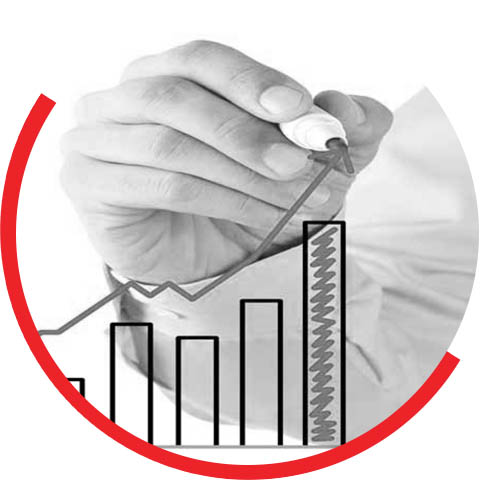For the retail industry, it is the best of times, it is the worst of times. On one hand, the pressure from increased competition, customers who are more demanding than ever, and an explosion of new purchase and delivery channels has forced retailers to be on their toes at all times. Even survival, let alone growth, is a challenge in this environment.
But on the positive side, retailers today can benefit from the kinds of customer insights that were unimaginable, even a few years ago. The huge amounts of data that retailers generate can give them the power to delight their customers like never before, thereby driving greater efficiency, higher sales and more profits!
What retailers today need is a strong analytics platform that can provide useful, actionable insights that can help improve each area of operation including the supply chain, pricing, marketing, customer acquisition, selling etc.
With accurate, real-time insights such as - Which product combinations are your customers buying? How frequently are they buying? Who are your most valuable customers? Which promotions will they respond to? – Retailers can get a deeper understanding of customer behaviour and purchase patterns, enabling timely and informed decision making.
Here are some ways in which analytics can help retailers:
Product Affinity:
Analysing shopping behaviour to identify what products are generally bought together can lead to better product placement (whether in-store or online). For example, if your data shows that people are likely to buy bread, eggs and butter together, then it makes sense to stock them together, rather than simply following traditional divisions (Bakery, dairy etc.) While the above example is intuitive, there are several instances where the affinity might not be so obvious. Data can reveal these trends.
Redoing the store layout according to your product affinity analytics can help improve sales
Customer Segmentation:
Traditional customer segmentation has several limitations, especially given today's complex customer landscape. Rather than relying only on factors such as age, location and other demographics, analytics allows you to develop far superior customer segmentation that is based on factors such as buying behaviour, customer journey, social media behaviour and other non-obvious factors that have a profound impact on sales. Understanding customer buying patterns and predicting customer behaviour can help in better promotions, better sourcing and higher sales.
Inventory management:
Inventory control is one of the biggest challenges that retailers face. Maintaining the right amount of stock, whether in warehouses or stores is challenging. Being out of stock affects sales and customer satisfaction, while having too much stock impacts profitability. Closely tracking sales trends, customer preferences and buying patterns can enable better inventory management.
These insights can help drive more effective marketing and sales campaigns, discover new and sustainable ways to improve efficiency across all channels and consequently drive greater profitability and sales.
Want to know how you can implement this for your business? Write in to us at [insert email ID] and we'd love to know more about your business and see how we can help.
Sonata's retail analytics platform, Retina, delivers scalable, flexible, advanced and cost-effective analytics solutions for optimizing merchandizing and marketing decisions.

